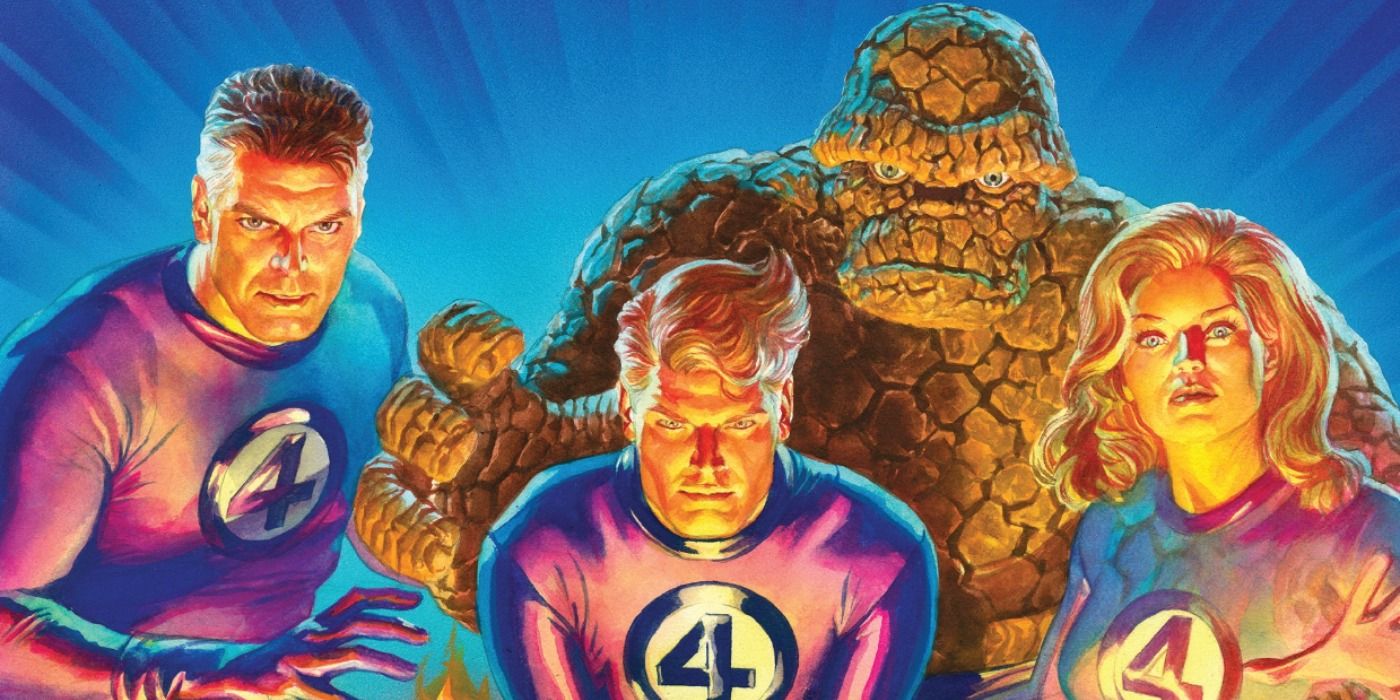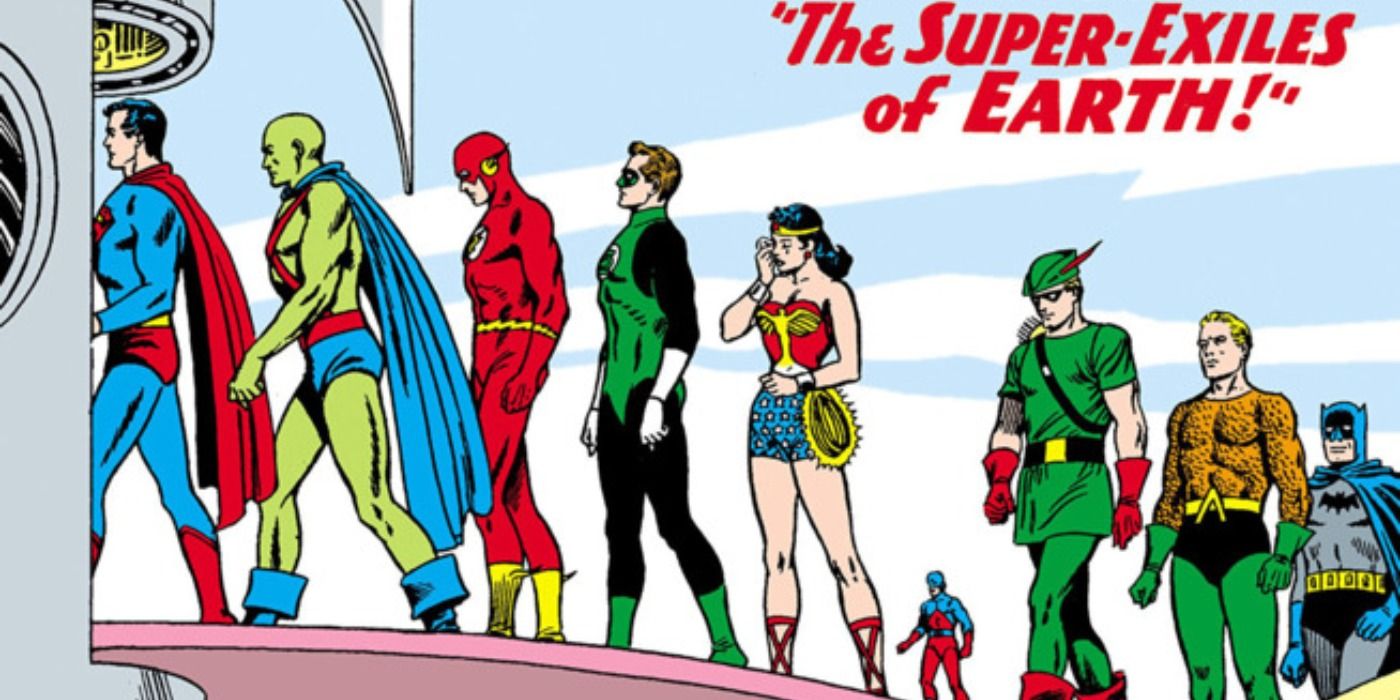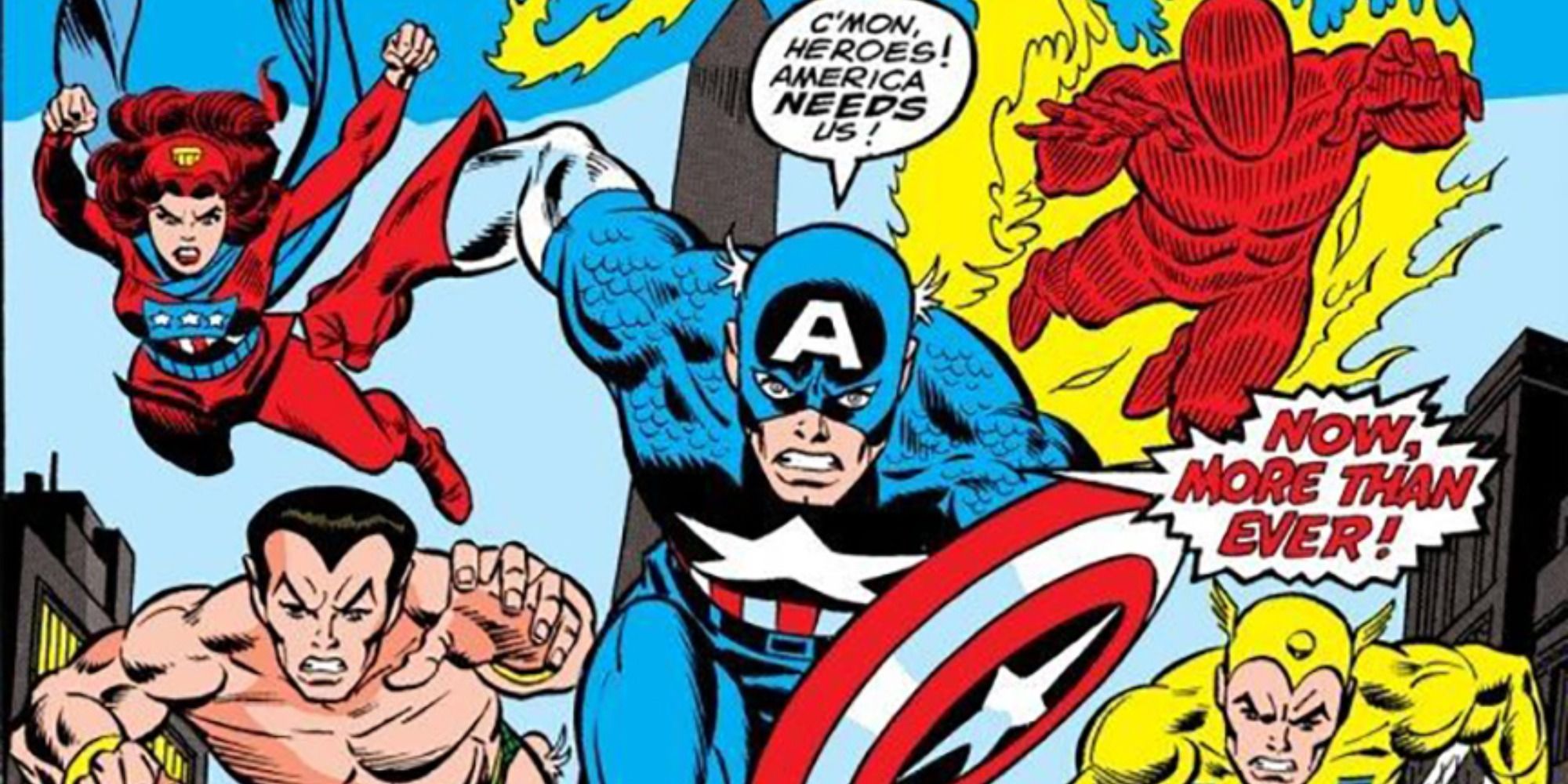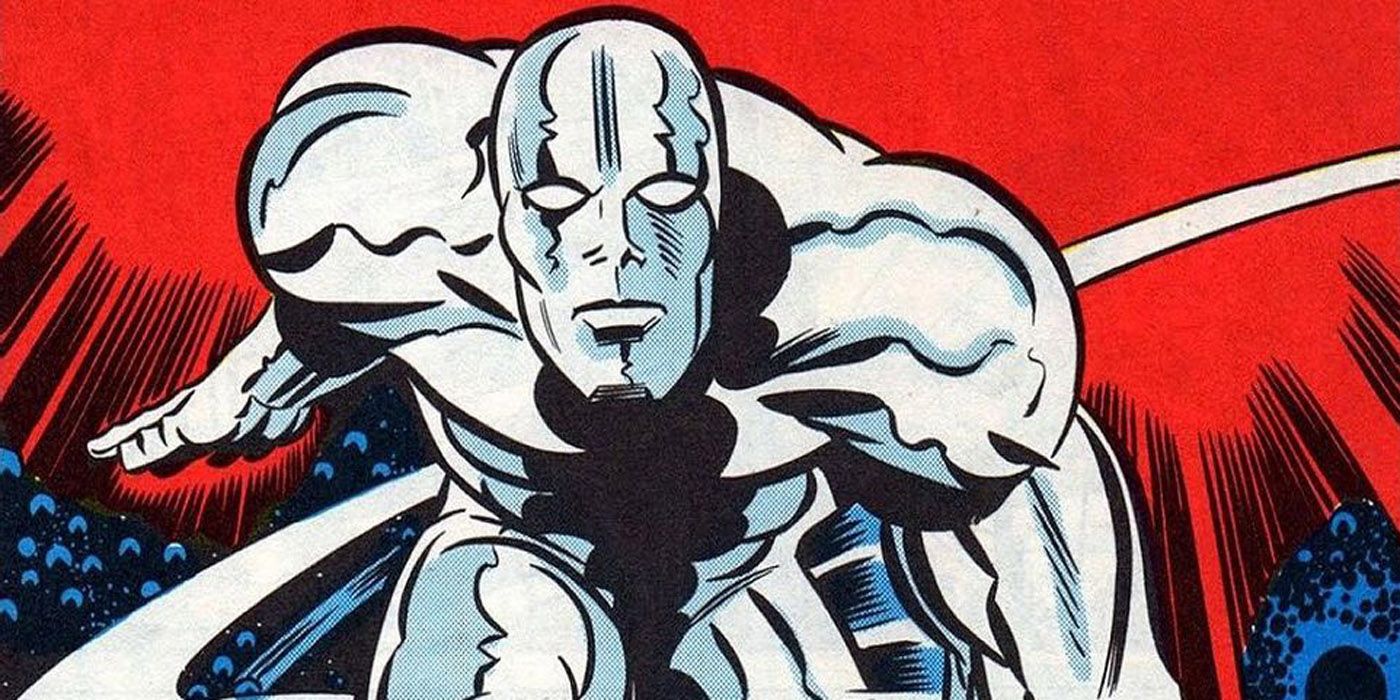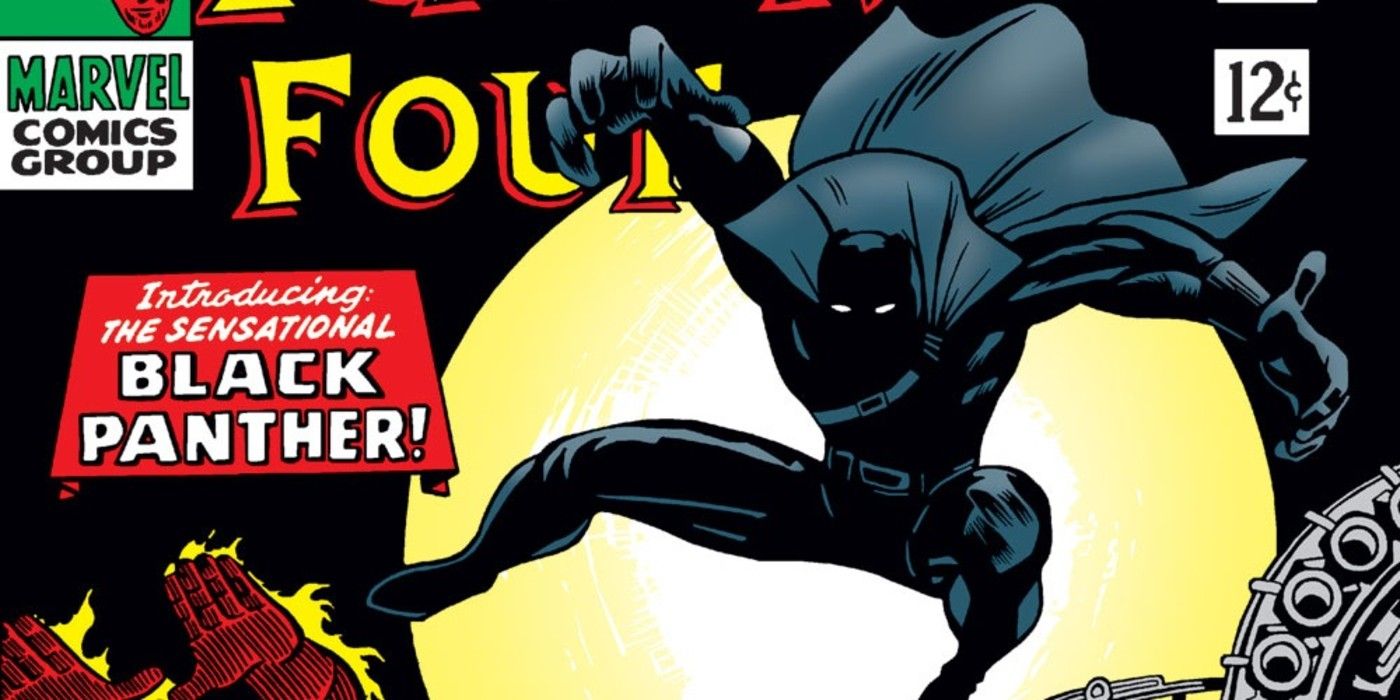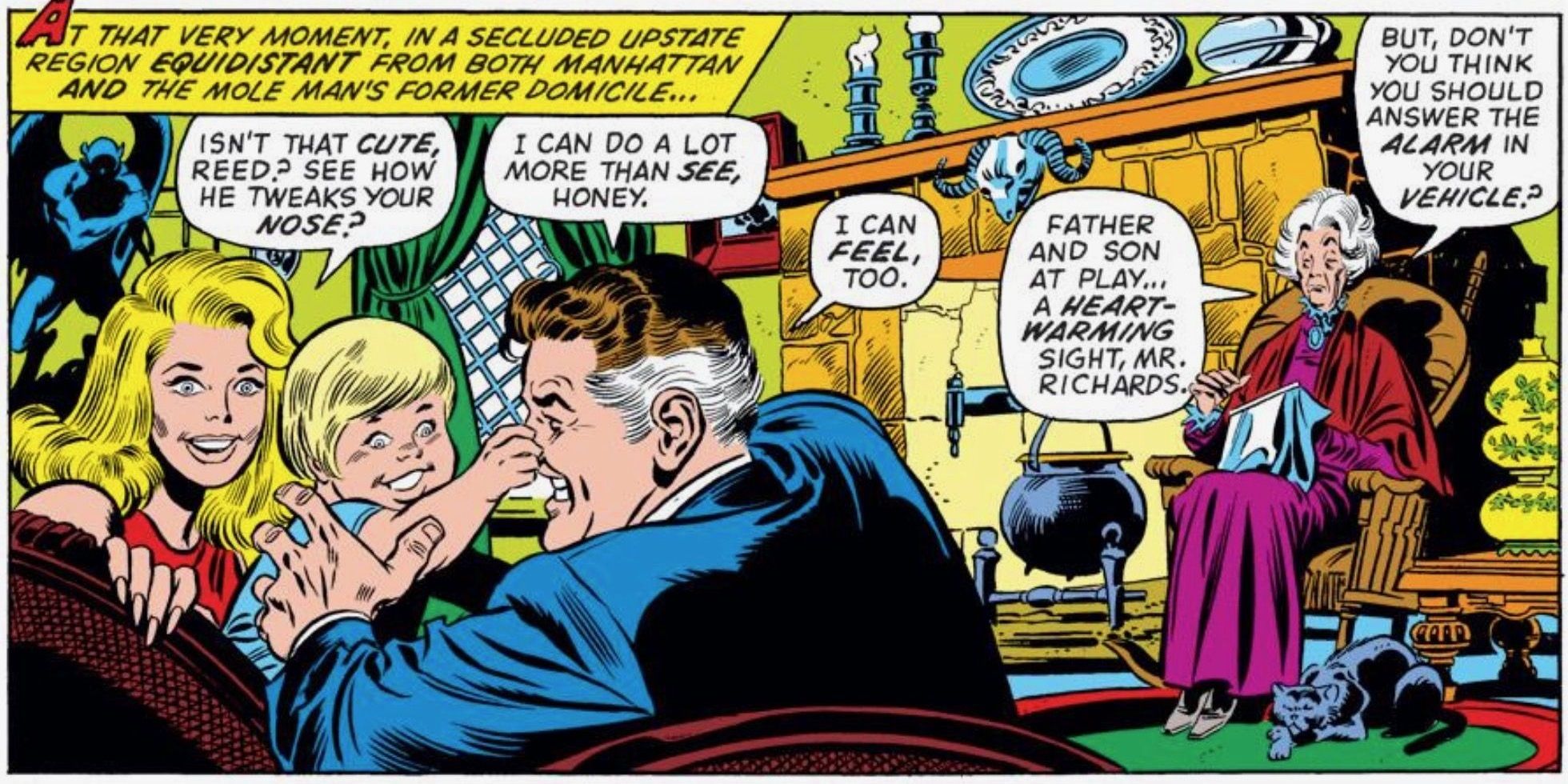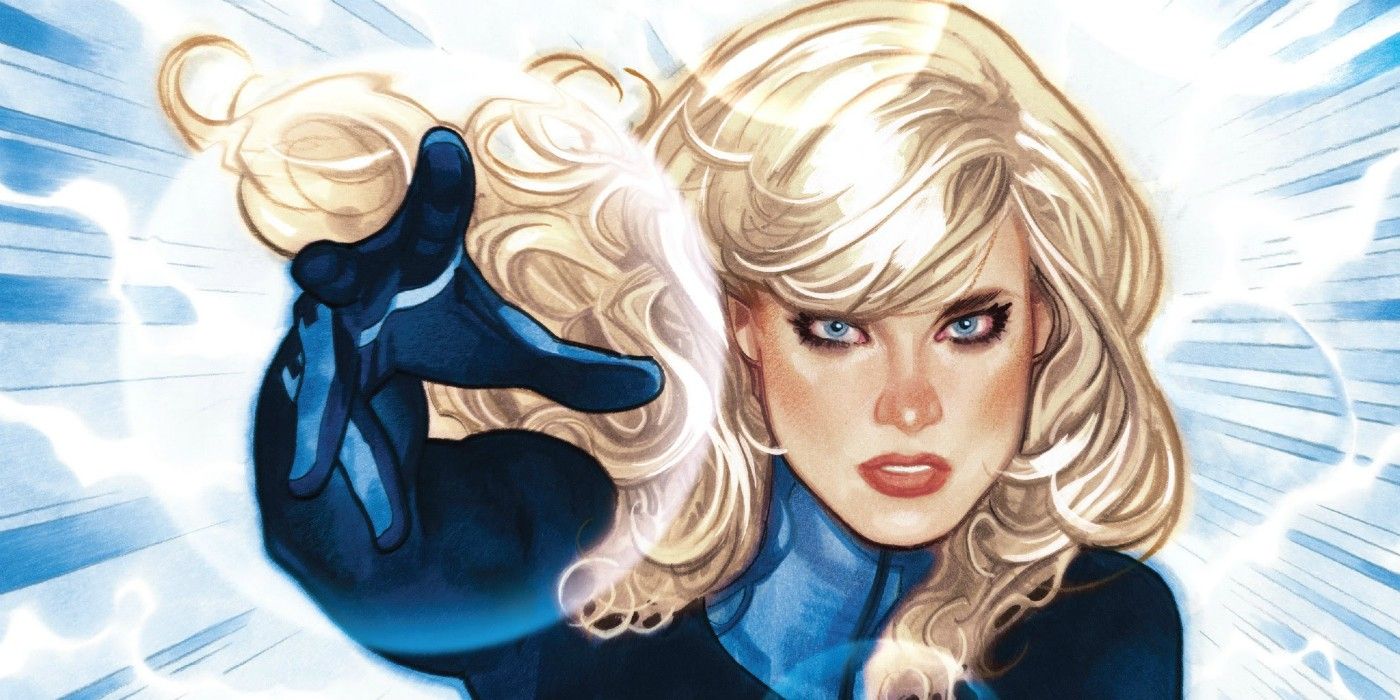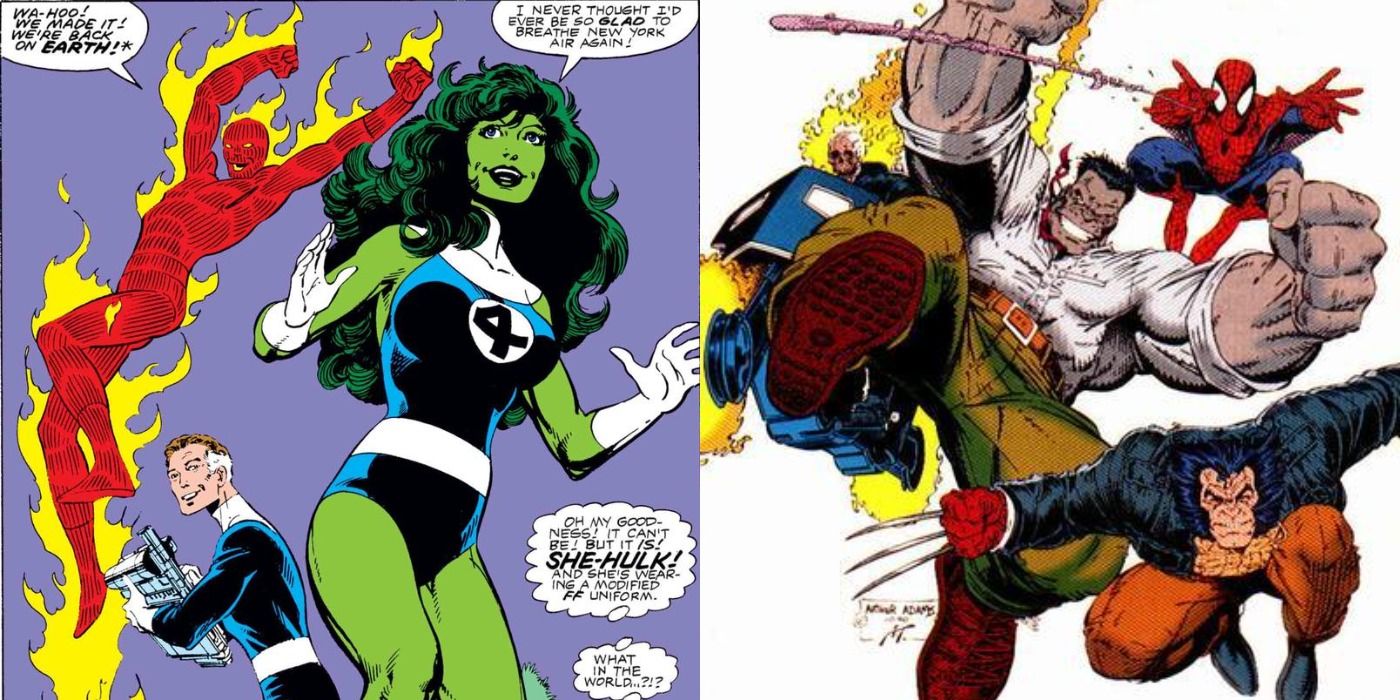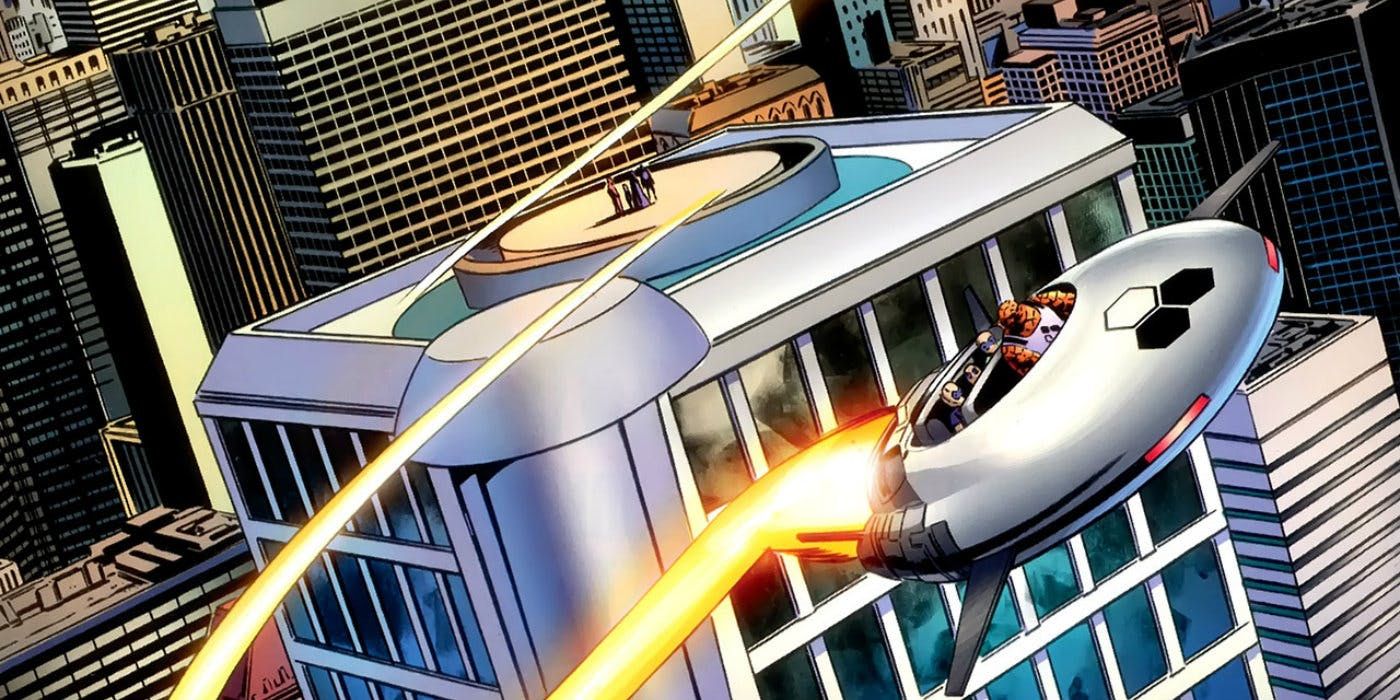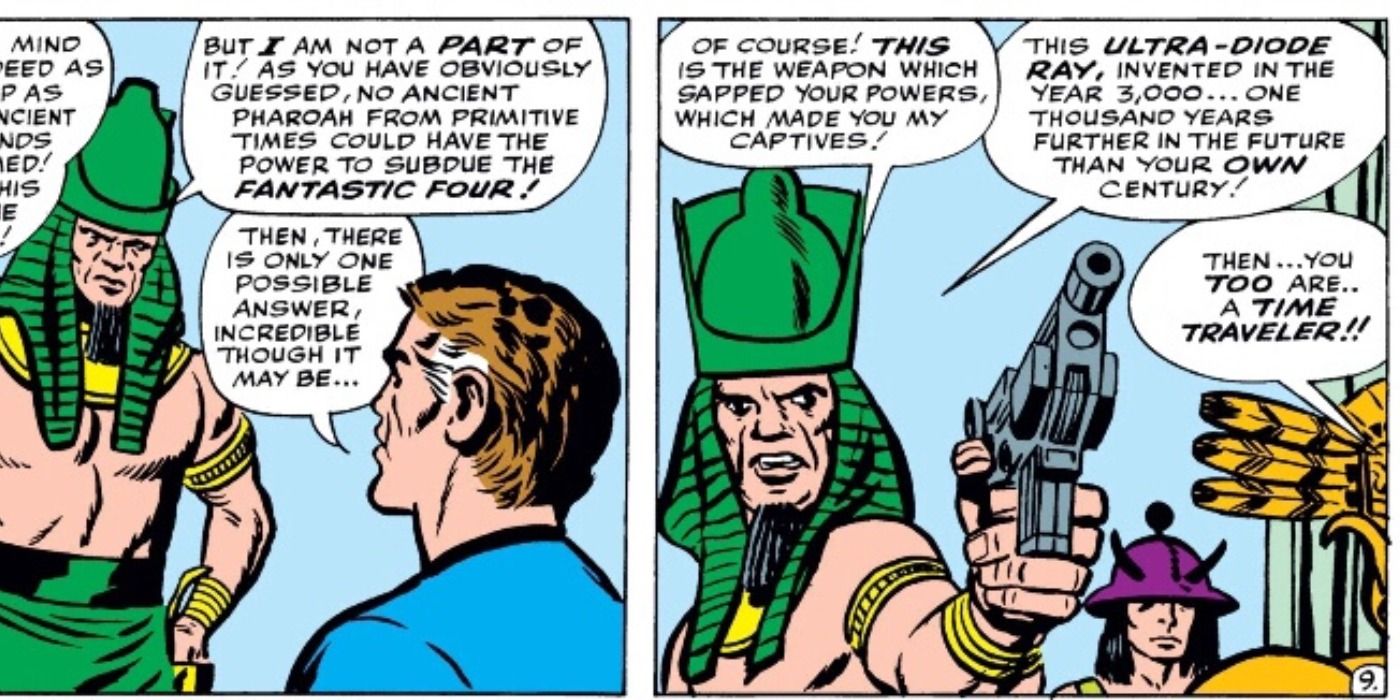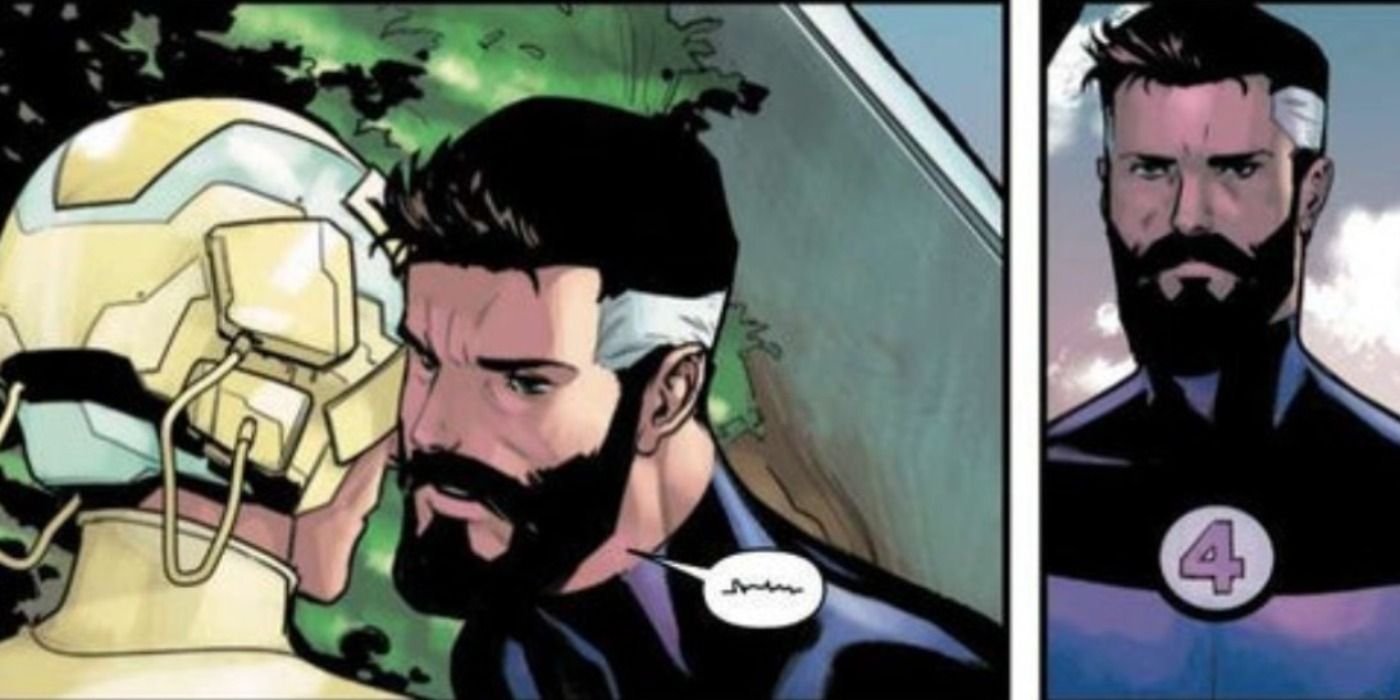2021 marks the 60th anniversary of the Fantastic Four. The iconic team inaugurated the Marvel Universe which has led to the MCU dominating the pop culture landscape in the 21st century. The history of the team is fairly well known, but there are things only comic fans know that casual fans may not.
While the broad strokes of the Fantastic Four's members and story are likely well known outside of comics thanks to the team's appearances in other media, much of their history will probably be completely unknown when the team finally makes their debut in the MCU. Some of the lesser-known aspects of the team could become key characters or events on the big screen.
A Response To The Justice League Of America
While accounts of the exact genesis for the team differ, what is clear is that superheroes were very popular in 1961. The Justice League of America was a huge success for DC Comics at the time, uniting its most powerful and popular superheroes like Superman, Batman, and Wonder Woman. Marvel Comics responded with the Fantastic Four, written by Stan Lee and drawn by Jack Kirby. While they weren't the first Marvel superhero characters, the success of the Fantastic Four opened the door to the rest of the Marvel Universe.
The Human Torch Was A Golden Age Character
The Fantastic Four was a brand new concept, but the Human Torch predated them all. The Human Torch was actually a character who debuted in the Golden Age of Comics, in Marvel Comics #1 in 1939 (Marvel was then Timely Comics). This character wasn't Johnny Storm but an android created by a scientist.
The android Torch would be retconned into later Marvel continuity when the Mad Thinker reactivated the original android in Fantastic Four Annual #4. Stan Lee and Jack Kirby, the architects of the Marvel Universe, would resurrect a number of Golden Age Timely characters like Captain America and Namor.
The Silver Surfer Was Not Originally Part Of The Galactus Trilogy
"The Galactus Trilogy" from Fantastic Four #48-50 is likely a Fantastic Four story arc the MCU will adapt at some point. The Silver Surfer was originally not part of the story, but an original creation by Jack Kirby for issue #48. Kirby inserted the character because he believed the god-like Galactus needed some kind of sentry or herald.
The Silver Surfer came as a surprise to Stan Lee because of the "Marvel Method," the process by which the two worked. Lee gave Kirby a plot and Kirby would draw the story, handing it back to Lee for him to add the dialogue. This method proved very successful as they worked together for 101 consecutive issues of the series, a record unmatched until the Bendis/Bagely run of Ultimate Spider-Man.
The First Black Superhero
Fantastic Four was an innovative comic book in many ways. Issue #52 introduced Black Panther, the first Black costumed superhero in the Marvel Universe. T'Challa was co-created by Lee and Kirby and became a major part of Marvel Comics and the MCU with the theatrical release of Black Panther in 2018.
Black Panther's introduction opened the door to one of the most important fictional Marvel countries, Wakanda, and a progressive view of African characters and nations. The story of Black Panther and Wakanda has since been carried into the present by writers like Ta-Nehisi Coates, Reginald Hudlin, Christopher Priest, and many more.
Agatha Harkness Was Franklin Richards' Governess
MCU fans met Agatha Harkness through the Scarlet Witch in WandaVision this year, but comic book fans were introduced to in the Fantastic Four series. She debuted in issue #94 as the governess of Franklin Richards, the young son of Reed and Sue, and protected the child from mystical threats.
Agatha was presented as something of a mystery, and would eventually be revealed to be one of the most powerful magicians in Marvel Comics. Agatha would remain Franklin's governess for a while but then would mentor the Scarlet Witch in the ways of magic.
Becoming The Invisible Woman
Most fans today know Sue Storm as the Invisible Woman but she was actually introduced as the Invisible Girl when the team debuted in 1961. It would be over twenty years before she would gain the more fitting appellation during writer and artist John Byrne's iconic run in the 1980s.
She makes the name change in Fantastic Four #284 because she wants a title that accurately reflected her seasoned experience. She had long been a powerful and integral member of the team, as well as a wife and mother. Sue also became the leader of the team after Reed appeared to die in the early 1990s and continues to be one of the powerful women in the Marvel Universe.
Not Always The Same Members
The roster of the Fantastic Four is iconic, but it hasn't been stable. The roster has changed significantly over the last sixty years with the first major changes beginning in the 80s. John Byrne introduced big changes with the exit of the Thing and the arrival of She-Hulk, who had also been a member of the Avengers.
Other members of the team included Sharon Ventura, who was a version of Ms. Marvel for a time, as well Crystal, Storm, Medusa, and Black Panther. An entirely new team of Wolverine, Ghost Rider, the Hulk, and Spider-Man gathered in issues #347–349 when the original group had been captured by Skrulls. Yet no matter how often the roster changes, the Fantastic Four always returns to its original lineup.
Multiple Headquarters
The Baxter Building, the headquarters of the Fantastic Four, is so well known that fans have been speculating about its inevitable appearance in the MCU. But iconic as it is, it's not the only HQ for the team. They have also taken up residence at the Four Freedoms Plaza after the Baxter Building's destruction, and for a brief time, the Avengers Mansion.
Four Freedoms Plaza was also destroyed, this time by the Thunderbolts in the 1990s, and the team was homeless for a while. The Fantastic Four eventually returned to a new Baxter Building where they have been more or less stationed ever since.
First Encounter With Kang The Conqueror
Comic book fans know Kang the Conqueror is primarily an Avengers villain, but he faced off against the Fantastic Four first, in a way. One of Kang's most powerful variants, Rama Tut, took on the team in ancient Egypt in issue #19 of the series. This battle occurred chronologically before the first Avengers encounter with Kang in history, but also a year before Avengers #8, Kang's first appearance. Rama Tut debuted in 1963 while Kang did in 1964. A later retcon made Rama Tut a variant of Kang.
The FF Are Not Fans Of Krakoa
The Fantastic Four and X-Men are historically allies, but things are frostier in comics at the moment. At the recent Hellfire Gala event on Krakoa, Reed Richards whispered something in Professor X's ear that disturned the mutant leader. This follows some general tension that is complicated by the fact that Franklin Richards, one known as a mutant, was rejected by Karkoa. It was recently revealed that the young child does not share the "x" gene, further complicating not only Franklin's life and history but also the fragile relationship between the FF and mutant society.

